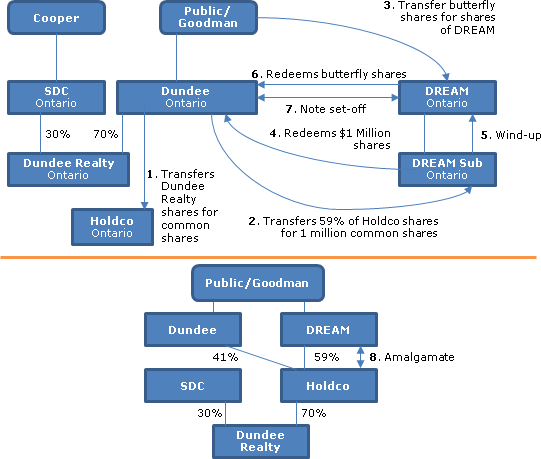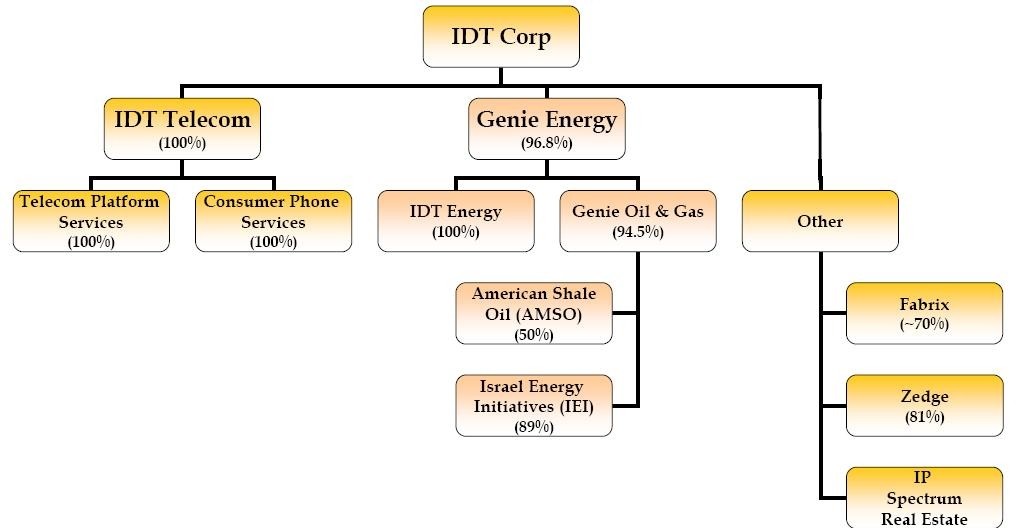Spin offs What are stock spin offs
Post on: 9 Июль, 2015 No Comment

Ideally, if a company had a division it wanted to get rid of, the parent firm would sell the subsidiary and reinvest the proceeds in the core businesses it retained. There’s just one catch taxes. If the subsidiary is carried on the books at a price way below its current market value, the sale could generate big capital gains. To avoid a bill for capital-gains taxes, many companies often use another technique to rid themselves of a division: they spin it off’. This means that the parent firm restructures the subsidiary as an independent company with its own stock; then they give those shares to current investors in the parent firm.
This may seem like an awfully convoluted way for a company to shed a business it doesn’t want. But spinning off assets can be a winning corporate strategy if it is done shrewdly For instance, when abet announced its plan to break itself up into three separate companies in September 1995, the stock jumped $6, or about 10%, on the news. Here’s why investors applauded: The main company consisting of long-distance and cellular telephone service-would be leaner and more competitive’, AT&T’s telephone equipment division would be freed to seek business from a wider range of clients’, and the troubled computer division would be oft-on its own, where it would either be turned around or possibly bought by another computer firm.
Apart from the strategic value of splitting up a giant company, there can also be big financial benefits. The parent firm can spin off-the subsidiary’s liabilities along with its assets. If the subsidiary is heavily indebted, that alone can spiff up the parent company’s balance shorthand if top managers are clever, they can sometimes find excuses for loading some parent-company debt onto the subsidiary before they let it go. Further, a opinion can qualify for tax-free status if 80% of the subsidiary is distributed to shareholders. That means the parent company can pick up a little extra cash by selling 10% or 15% of the division to the public a year or two before spinning it off’.
SPECIAL SITUATIONS

These funds attempt to match an existing stock index, such as the S&P by holding most of the stocks that make up the index.-they can’t afford to hang on to odd stockholdings that might throw off their performance numbers. The result: In the month after a spin-off’s stock is distributed to investors, there’s a wave of selling that temporarily depresses the share price.
Longer term, though, spin-off’s can shine. After the initial selling subsides, a new stock usually rebounds. In addition, the company’s performance may improve sharply. Subsidiaries are often spun off- because they aren’t especially successful businesses. But once the managers are on their own, without interference from headquarters, they may be able to make the company more profitable. In brief, investing in spin-offs boils down to two cases: If you own shares in a company that announces a spin- off, decide whether you’d rather own the new stock or cash out as quickly as possible. To decide whether to keep the new company, you’ll need some brokerage research that specifically analyzes the upcoming spin-off. If you plan to hang on to the shares, be prepared to hold them for at least a year. lf you’d rather convert them into cash, try to avoid selling immediately after the shares are distributed. In some cases you can sell on a when- issued basis.-that means agreeing in advance to sell the shares at a specified price when they are distributed (you can find out from your broker when when-issued trading will begin). If you don’t think the when-issued price is attractive, hold the stock for two or three months to see if it rebounds once initial selling dissipates.














